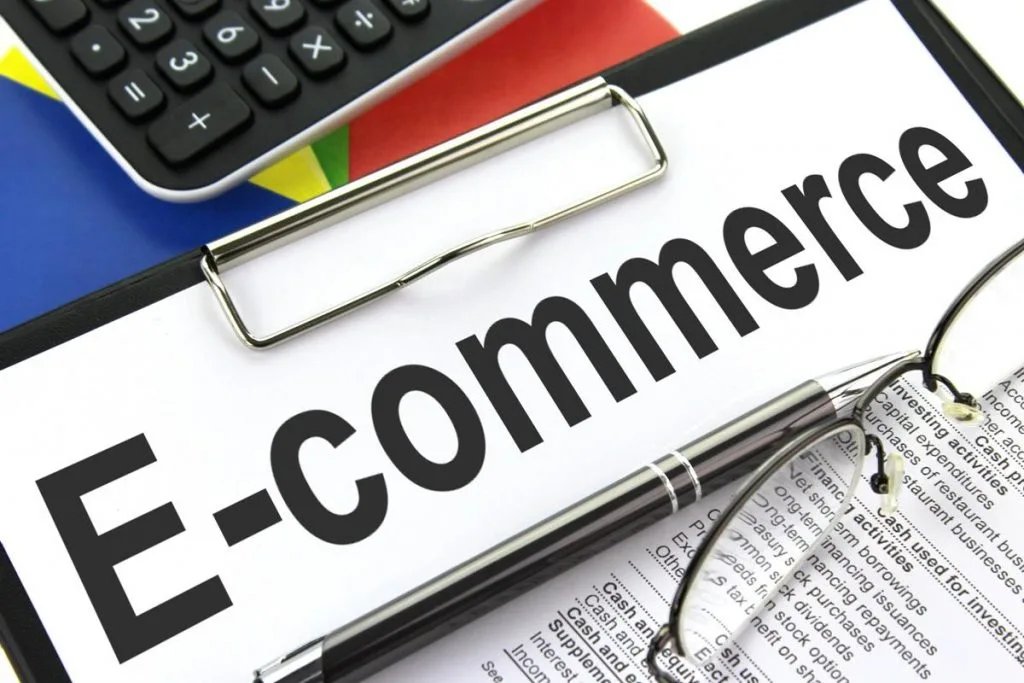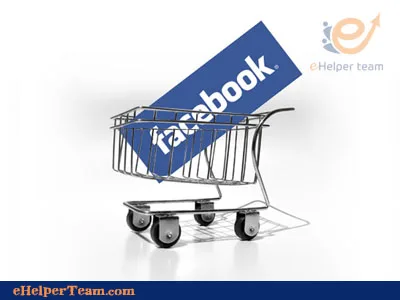Understanding Business to Business (B2B): Evolution, Sales Approach, and E-Commerce Integration
In the digital age, e-commerce has revolutionized how businesses operate, interact, and grow. Among the six major types of e-commerce, Business to Business (B2B) stands as one of the most vital and impactful. It refers to commercial transactions between two or more businesses—whether it’s a manufacturer selling to a wholesaler or a wholesaler selling to a retailer.
This comprehensive guide explores the core concept of B2B, how it differs from other models, the unique characteristics of B2B sales and marketing, and the rise of B2B e-commerce in today’s digital economy.
Different types of E-Commerce
Speaking in general, If most people think about electronic commerce, they’re thinking about buying products or using internet services.
However, there is a more particular way, which mentioning the sort of internet transaction that the transfers fall within what e-commerce category.
E-commerce exists in six main kinds, such as:
1- Business to Business (B2B)
2- Business to Consumer (B2C)
3- Consumer to Consumer (C2C)
4- Consumer to Business (C2B)
5- Business to Administration (B2A)
6- Consumer to Administration (C2A)
All these kinds are a distinct buying dynamic.
What Is B2B (Business to Business)?
Business to Business (B2B) is a model of commerce where transactions occur between businesses rather than between a business and an individual consumer. These transactions typically involve:
Raw materials (e.g., a textile company supplying fabrics to a clothing manufacturer)
Parts and components (e.g., a chip manufacturer selling to a tech firm)
Services (e.g., an accounting firm handling the books of a manufacturing company)
Characteristics of B2B Transactions
High volume orders
Long-term relationships
Customized solutions
Involvement of multiple decision-makers
B2B transactions tend to be more complex than consumer sales due to the size, value, and implications of each deal.
How B2B Differs from B2C and Other Models
To understand the B2B model more clearly, let’s look at it in the context of other e-commerce types:
The Six Types of E-commerce
Business to Business (B2B): Between two businesses
Business to Consumer (B2C): From a business directly to a consumer
Consumer to Consumer (C2C): Between consumers (e.g., eBay)
Consumer to Business (C2B): A consumer offers products/services to a company (e.g., influencers or freelancers)
Business to Administration (B2A): Business transactions with government bodies
Consumer to Administration (C2A): Individuals transacting with government (e.g., tax filing)
Each of these models represents a distinct buying dynamic. While B2C focuses on mass marketing and individual purchasing decisions, B2B is all about logic, long-term value, and customized service.
B2B Sales: Unique Characteristics and Buying Process
1. Complex Decision-Making Process
In a typical B2B transaction, multiple stakeholders are involved in the purchasing process, such as:
Procurement teams
Technical evaluators
Financial decision-makers
End-users
Each must be informed, aligned, and satisfied before the deal is closed.
2. Longer Sales Cycles
Unlike B2C, where a consumer may decide to buy instantly, B2B sales cycles can range from a few weeks to several months.
3. Higher Transaction Values
B2B purchases often involve large quantities or expensive services, making them high-stakes investments for the buyer.
4. Personalization and Customization
Buyers may request tailored solutions, prototypes, or custom pricing models to meet their operational needs.
5. Bidding and Proposal Processes
In many cases, B2B sales are facilitated through Requests for Proposals (RFPs), where sellers must compete and respond with detailed offers.
The Rise of B2B E-Commerce
According to Forrester Research, U.S. B2B e-commerce transactions reached $1.134 trillion in 2018, surpassing earlier forecasts and signaling rapid growth in this sector. This represented 12% of the total $9 trillion in U.S. B2B sales for the year.
Projected Growth
By 2023, B2B e-commerce was expected to reach 17% of total B2B revenue, thanks to the increasing adoption of online platforms for procurement and sales.
Why E-Commerce Is Transforming B2B
Cost reduction: Automation reduces sales and operational costs.
Speed: Orders can be placed faster and more efficiently.
Convenience: Businesses have 24/7 access to product catalogs and services.
Global reach: Companies can connect with partners across borders.

Digital Transformation in B2B
The shift to digital has significantly altered how B2B companies operate and interact. Below are the key components of digital transformation in B2B:
1. B2B Websites and Portals
Company websites now serve as both marketing tools and functional e-commerce platforms, enabling:
Product discovery
Price comparisons
Customer account management
Order tracking
2. Online Marketplaces
Platforms like Alibaba, ThomasNet, and Amazon Business facilitate transactions between businesses globally.
3. E-Procurement Systems
These digital tools automate purchasing workflows, approval processes, and vendor communication.
4. Digital Marketing Strategies
B2B companies are increasingly using:
SEO and content marketing
LinkedIn and industry platforms
Email campaigns
Webinars and whitepapers
These approaches are tailored to inform, nurture, and convert leads over time.
Examples of B2B Companies
To better understand the B2B landscape, here are some real-world examples:
| Company | Type | Description |
|---|---|---|
| IBM | IT Services | Provides cloud computing, software, and AI to other enterprises |
| Grainger | Industrial Supply | Supplies tools, components, and equipment to businesses |
| Salesforce | SaaS | CRM and marketing automation tools for B2B clients |
| HubSpot | Marketing Tech | Inbound marketing solutions for business growth |
| Caterpillar | Heavy Machinery | Supplies industrial and construction equipment to businesses |
Conclusion
Business to Business (B2B) transactions are the backbone of the global economy. As industries evolve and technology reshapes commerce, B2B e-commerce continues to grow in complexity, efficiency, and scale.
Understanding the differences between B2B and B2C, the unique sales processes, and the impact of digital transformation is crucial for any business looking to thrive in today’s competitive environment.
Whether you’re a supplier, service provider, or entrepreneur entering the B2B space, the opportunities are vast—and the future is digital.



